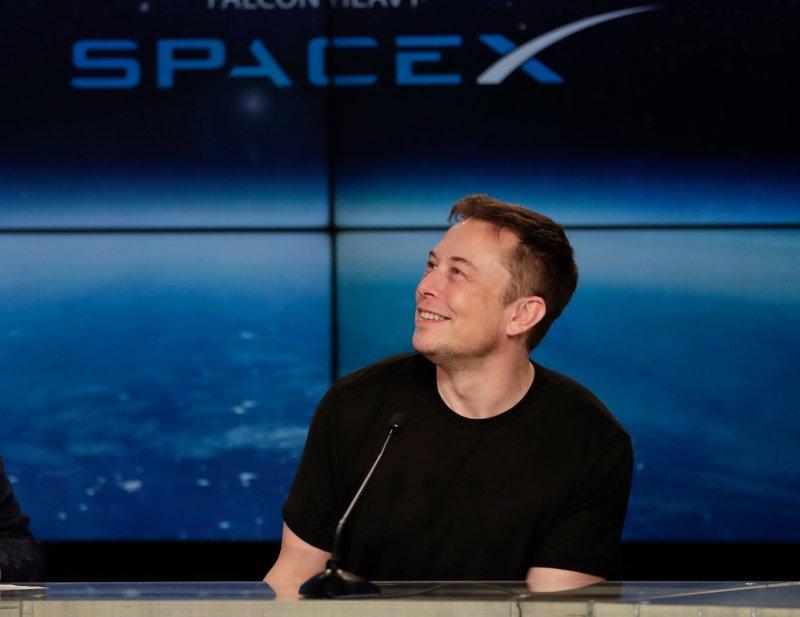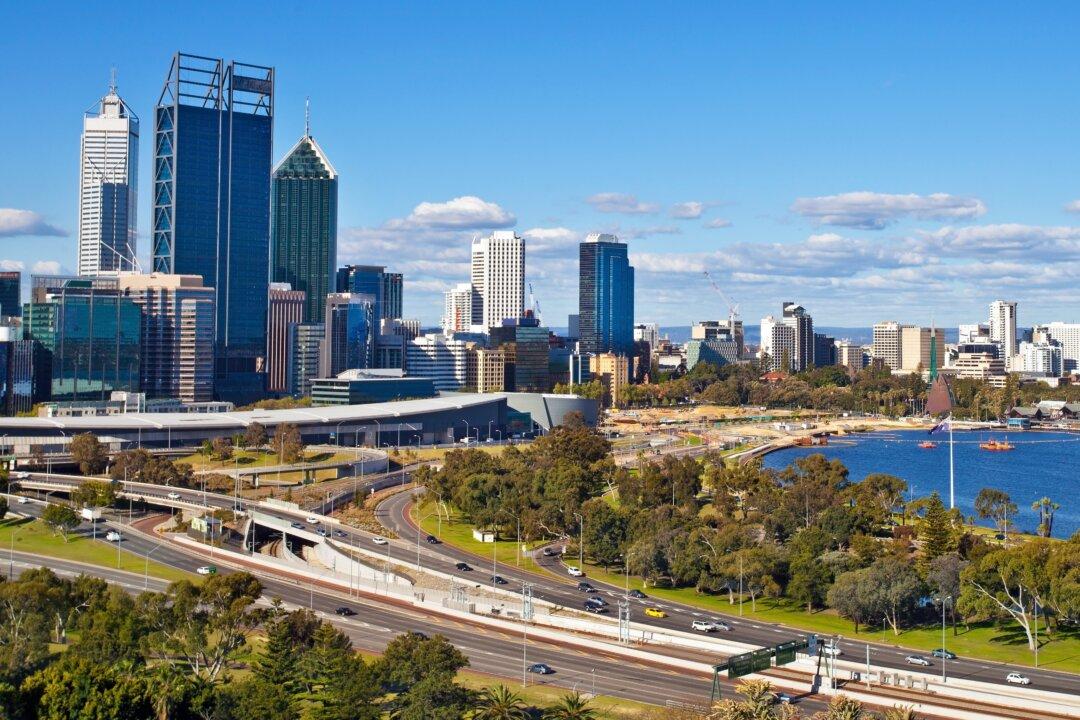Rural and regional Australia may soon have high-speed internet after Elon Musk’s newest venture, Starlink Beta—the early stages of SpaceX’s satellite broadband program—came online in Australia, providing select remote and regional parts of the country with access to its high-speed satellite internet.
The service, currently in beta testing mode, is only available in rural areas of central Victoria and the southern tablelands region of New South Wales. However, the service looks set to become more widely available to other parts of Australia in mid to late 2021.





